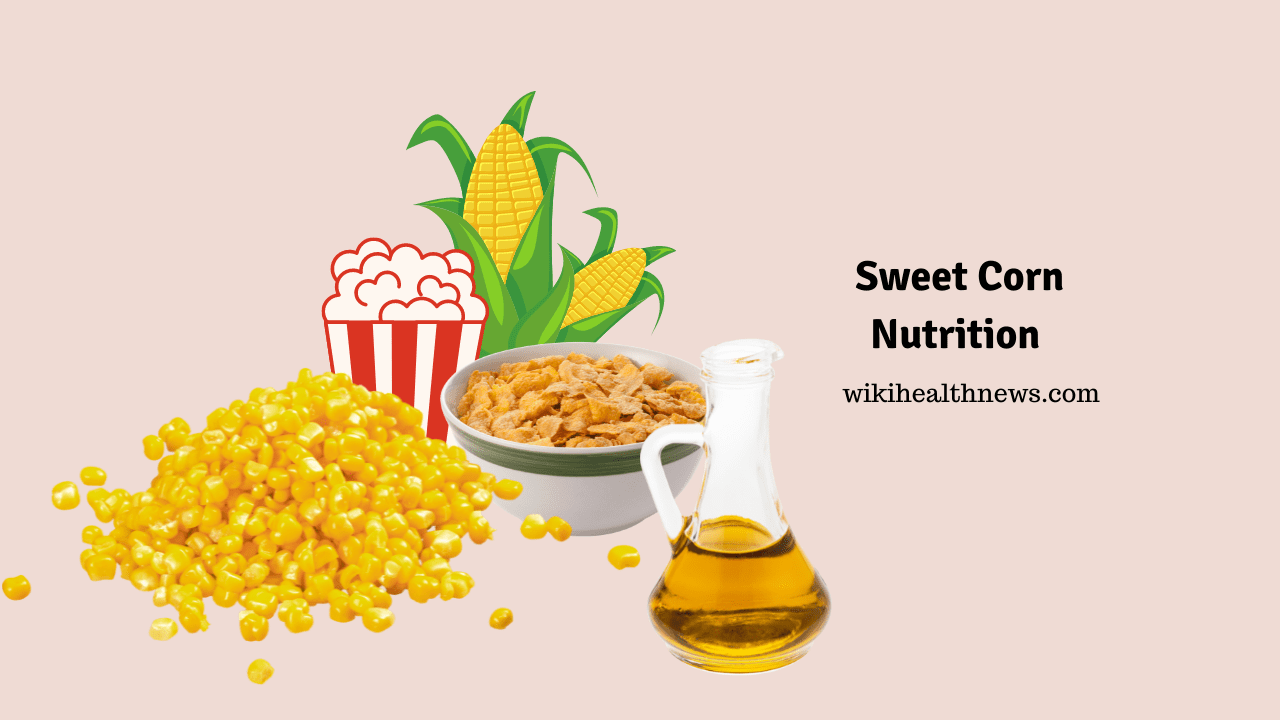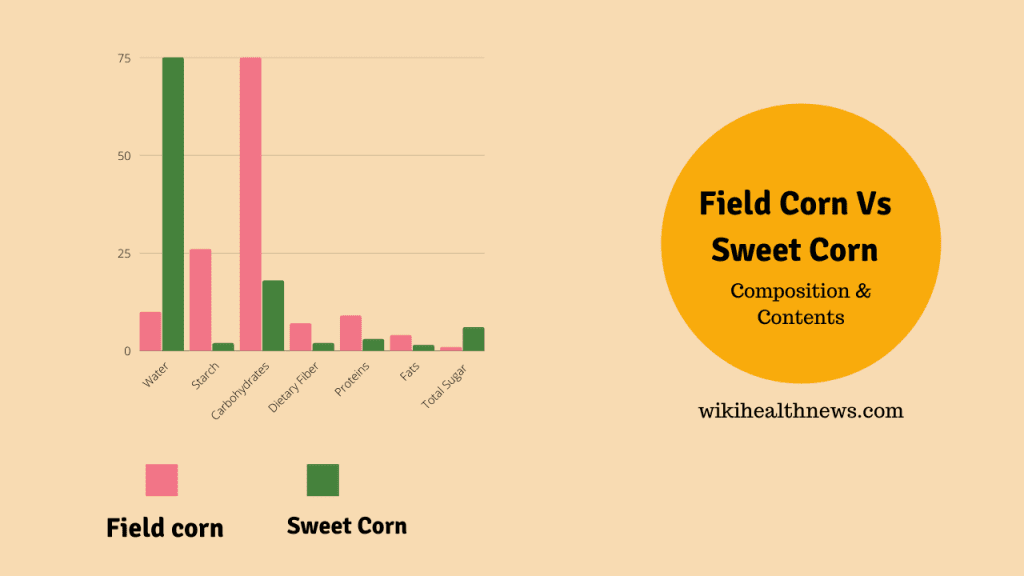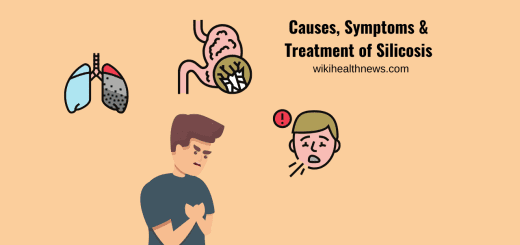Sweet Corn Nutrition: Amazing Products & Uses

Amazing Sweet Corn
The sweet corn is a variant of vegetable corn in its starch content and sugar concentration. Modern day sweet corn is sweeter when consumed fresh. In this corn there is reduction in starch synthesis due to genetic modification. However this modification leads to problems in growth of plants in adverse conditions. Cultivation of sweet corn requires highly fertile soil, better irrigation facilities and regular pest management. This makes it a costly crop for large scale cultivation. It was first developed by genetic mutations in North America. Thereafter, many variants have developed which are healthier and more sustainable. Now sweet corn is a popular food worldwide.
Nutritional Value and Quality maintenance
In the western world corn is an unavoidable crop by culture and habits. Fresh sweet corn is never bitter or sour. But faulty processing may make this a disliked canned food.
Quality of fresh sweet corn deteriorates if you store it at high temperatures. Ideally this vegetable maintains its freshness at 0 °C. Many nutritional products are prepared from sweet corn like popcorn, corn flour, corn grits, corn flakes etc. Corn is rich in minerals like magnesium, phosphorus, potassium. In contrast popcorn contains more of iron, zinc, copper, manganese, sodium. Phenolic acid and xanthophyll are in high quantities in fresh corn. In contrast, processing reduces their quantity. To maintain best quality these corns require forced air cooling and transportation in a low temperature.
Health benefits of sweet corn
The phytochemicals melatonin and tryptophan are the major antioxidants in sweet corn. Melatonin is the hormone which upregulates alertness and brain function. It has huge benefits of delaying age related changes in the body. The phytochemicals are the color pigments in sweet corn. These may be golden yellow to various shades like purple white. Highest amount of carotenoids are present in the yellow variant and have great commercial value. These phytochemicals vary between sweet and waxy vegetable corns. Also maturity of corn and species variants determine their quantity. Lutein is a major carotenoid which is in higher quantity in yellow sweet corn.
Flavonoids are also phytochemicals with antioxidant properties. These are protective for the brain and can prevent Alzheimer’s disease. Thermal processing of sweet corn releases the bound form of phytochemicals. Hence these corns have higher quantities of antioxidants in comparison to fresh one.
Anthocyanins are coloured pigments abundant in purple corn in contrast to sweet corn. These chemicals have positive effects on digestive health. They can play a role in reducing body weight and preventing colon cancer. In addition to antioxidant effect they are potent antiinflammatory agents.
Sweet corn contains less caloric value in comparison to vegetable corn. It has 85 calories in 100 gms whereas the vegetable corn yields around 360 calories. Water content of sweet corn is 75% and carbohydrates around 18%. Vitamins found in corn are folate, pyridoxine, thiamine, riboflavin, vitamin C,E and K. Sweet corn is rich in vitamin C as compared to stachy corn.
Regular consumption of corn can reduce the risk of cardiac diseases and diabetes. The high amylose content in corn is beneficial for digestive health. Dietary modifications of increasing corn and other whole grain consumption can reduce the risk of chronic diseases. The phytochemicals in corn add to the benefits of fruits and vegetables in a balanced diet.

Processing
Sweet corn is popularly taken as fresh corn. It also can be eaten in a variety of processed forms, such as cooked, frozen, canned, or juiced. Processing helps to preserve the corn for a longer time. Processing of corn is commonly tried by blanching, freezing or boiling. Microwave blanching preserves the sugar content and Vitamin C to a larger extent. Blanching reduces moisture,content, enzymatic activities and Vitamins.
Freezing decreases carotenoid concentration but does not affect starch content. Boiling reduces antioxidants and bioactive compounds. Steaming or cooking corn at normal pressure preserves most of its content and is highly recommended. However, consuming green products yields the best results.
Food Toxicity
Contamination with heavy metals or nitrites and nitrates during processing of corn can make it toxic. Food toxicity can originate in several ways, one being contamination with heavy metals in the environment or nitrate and nitrite in food processing. Culture of crops in mining areas may get contaminated with trace elements which are hazardous for health. In addition, contamination with toxins from fungi may cause fatal diseases. Proper care during cultivation can avoid mycotoxin contamination.
Other Uses of sweet corn
A variety of byproducts are produced from sweet corn plants and its agricultural wastes. Sweet corn cob is a natural colourant and nutritional supplement. These cobs are suitable for feedstocks after thermal processing.
- Baby corn
- Sprouts
- Corn oils
- Beverages
- Baking
- Forage
- Bioenergy or liquid biofuel
- Corn syrup as a sweetener
Read More











